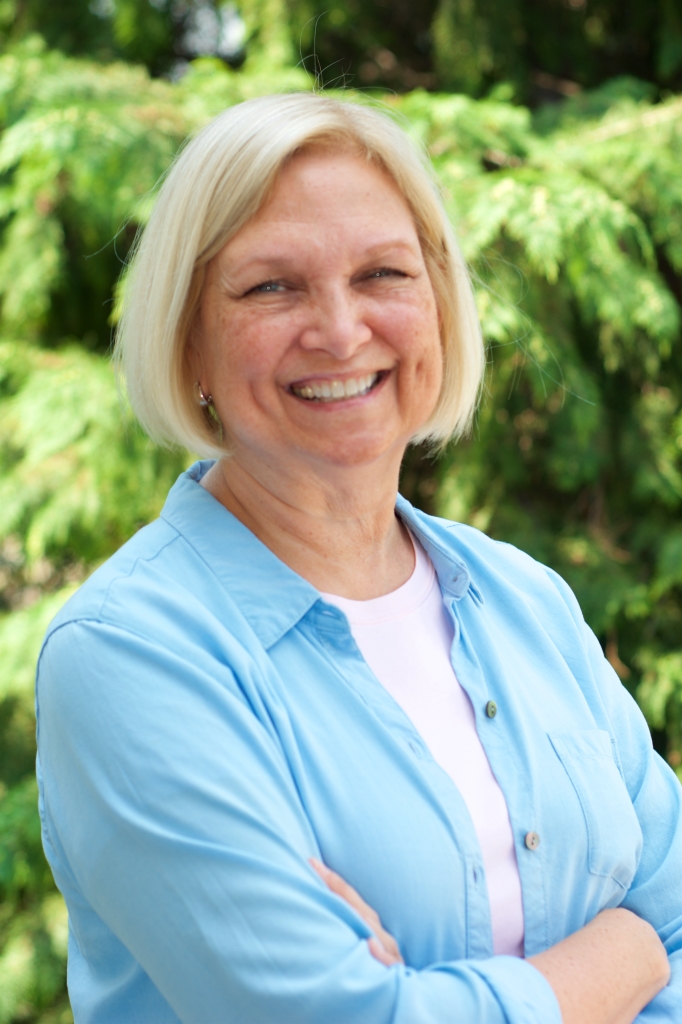When I stepped into my current global leadership role ten years ago, to have a meeting with someone meant you traveled there. It was just a year before Thomas Friedman published The World is Flat. Skype only had one million users that year. Facebook requested its domain name that January. Today one in every seven people on the planet are on Facebook and Skype is now a verb used by 70 million people. Today, we have almost instant access today to people it would take days to reach previously.
On Facebook this past weekend, I saw a post with a photo of a friend I met in Spain, visited in Hungary, but hadn’t seen in years. I ran into the person who posted the photo today, and she said to me, “I didn’t know that you know her!” We could say that over and over again. Our networks are vast and overlapping. We are connected in so many different ways. Communication has changed; expectations have changed. The ways we live and work have changed and are changing.
If one thing remains the same, or is perhaps even heightened, it is the need for effective leadership in this hyper-connected world.
But what kind of leadership?
What kind of leadership closes the gap when you span nine time zones like my friends in Russia, or across the diverse cultures and languages of India to galvanize people to action? What kind of leadership is required to build unity of heart and action across 160 countries?
This kind of global leadership is the topic of Ken Cochrum‘s new book, Close: Leading Well across Distance and Cultures. Ken and his wife Ann are both friends and team-mates. They pursue the Lord and their work with whole hearts. Ken is known for his focus and strategic clarity, so I looked forward to reading his book. Having seen bits and pieces of his research, I was intrigued to hear more.
What is it that leaders are looking for from those leading them? What practices enable effective leadership across distance? What biblical examples are there to follow when our worlds seem so different?
 For those of us who lead in multi-national organizations, these are not academic questions. They make up the substance of our skype calls and virtual meetings. How do I show up today?
For those of us who lead in multi-national organizations, these are not academic questions. They make up the substance of our skype calls and virtual meetings. How do I show up today?
With expectations high in this world of rapid transfer of information, even a good leader can get lost in the whirlwind. Ken’s exploration of leadership in this complex environment is both well-documented in terms of research and very practical in its recommendations. It is structured in two parts: Part 1 -today’s leadership reality – how close are we? and Part 2- Getting Close.
As someone who develops leaders, I found chapter 7, “Close the Distance,” insightful. Citing a number of studies, it’s clear that global leaders require a great deal of personal and leadership bandwidth to navigate the complexities faced in crossing cultures and in multicultural settings.
Global leaders require a significantly high level of personal capacity than similar domestic leadership roles.
Ken’s personal experience in maintaining a good rhythm as a leader adds to the mix to bring the what and how together. He brings critical focus and expertise to bear in outlining what is needed in 21st century leadership. His points are well illustrated with stories of leader lessons throughout.
All that to say, I’m thrilled to have a resource to use with global leaders that clearly outlines what is needed and points in the right directions for how to move toward a more effective leadership in today’s world.
Close: Leading Well across Distance and Cultures is available on amazon.com and for the next few days the kindle version is just $4.99.
As my sister would say, “RUN, don’t walk!”


Great post, Andrea! Can’t wait to read the book myself.
well worth the time, Terry! thanks!
Thank you, Andrea, for your kind review. You model the principles and practices of global leadership so well, it’s a joy to learn from you. kc
you are most welcome, Ken. thanks for the encouragement – a privilege to serve together.
Reblogged this on saleswatchdog.
thanks for sharing!